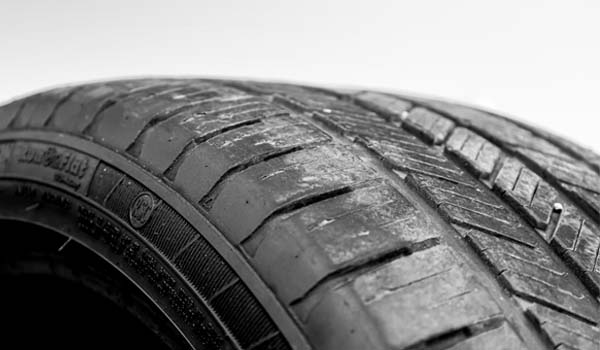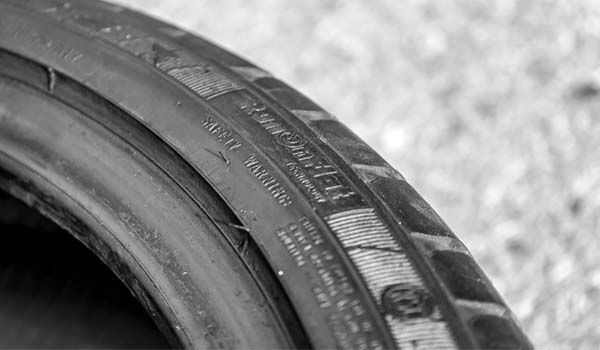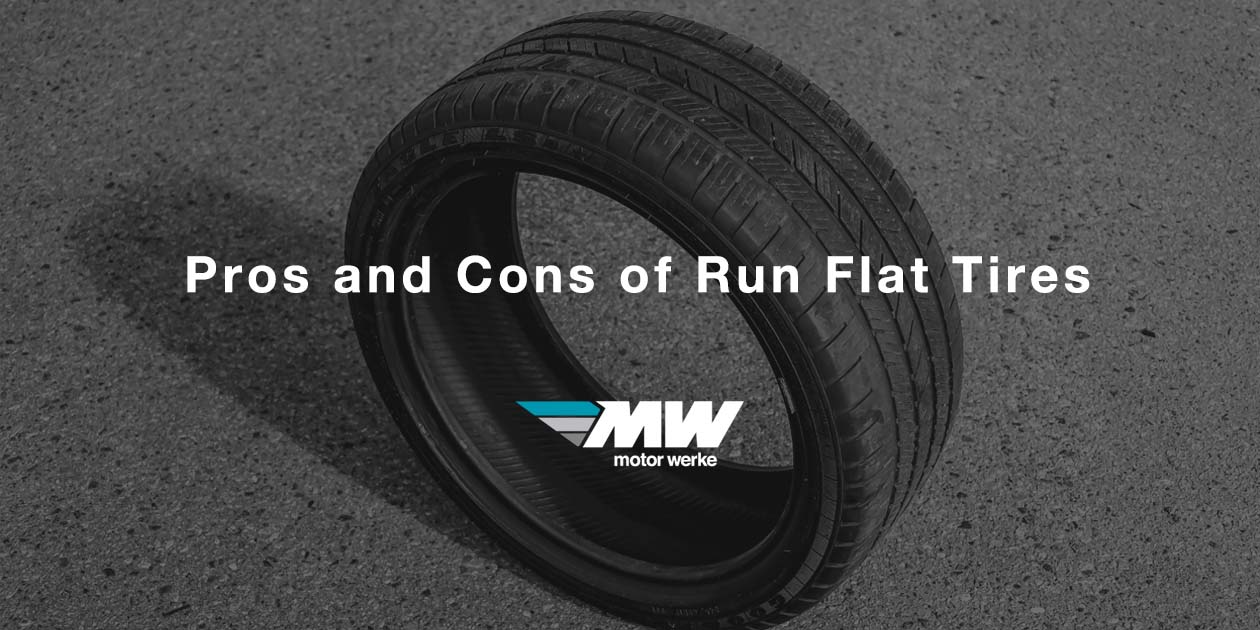Pros and Cons of Run Flat Tires
We’ve all been there. Your car starts driving a bit weird, you assume the worst and pull over to check it out. Just as you expected, a flat tire. The fastest way to bring your morning commute or family road trip to an abrupt halt. Wherever you’re going, you depend on your tires, and your tires depend on air. Unless they don’t.
Run-Flat tires aren’t a particularly new technology, they’ve been around since the 1930’s, but they haven’t gained much traction until recently. (No pun intended) They are essentially as their name suggests, tires you can run on even after they have gone flat. There are two main types of Run-Flat tires, Self-Supporting, and Support-Ring.

Self-Supporting
Self Supporting tires have reinforced sidewalls that can support the weight of the car entirely on their own in the loss of air pressure within the tire. This is the simplest and most common form of run-flat, as well as the most cost-effective to manufacture and install. Despite the name run-flat, these tires do still require air for normal operation and prolonged driving periods, as the sidewall is only meant to support the car for a short time in an emergency situation, usually up to 80 Kilometres at 80 KM/H, but that will vary depending on the tire manufacturer. The ride quality, fuel economy, and most importantly, the lifespan and safety of the tire will all fall dramatically when air pressure is lost.
Support-Ring
Support-Ring tires are a little bit different. They have a support structure that is either attached to the tire itself, or the wheel. The support is usually made of a very hard rubber, and stretches all the way around the wheel inside the tire, and extends downward most of the way to the inside of the tire tread, but not quite all the way. This allows the tire to lose all air pressure and still be supported by the ring that sits between the wheel and backside of the tread, keeping the tire mostly in its original shape, and the wheel off the road. but when the tire is inflated, it behaves much like a normal tire. Again this is not meant for extended driving, only in emergencies as the ride quality, fuel economy and lifespan of the tire will all fall when running without air pressure.

Pros. of Run-Flats
There are many benefits to using run-flat tires, the main one being safety. With a conventional tire, you need to pull over almost immediately when you get a flat tire. Continuing to drive even a short distance on a flat tire will cause damage to both the tire and the wheel, as well as making your car handle unpredictably, which poses a threat to both you and other motorists.
With a run-flat, however, you have some time before you absolutely need to pull over. The 80 Kilometer limit of most run-flats is enough time for you to find somewhere to pull over safely and call a tow truck, or change to your spare if you have one. If you aren’t far out of town you can also make your way to an automotive shop like Motor Werke, where you can have your tire either repaired if possible, or replaced.
Cons. of Run-Flats
All the benefits of Run-Flats aren’t without their drawbacks, unfortunately. Due to the fact that the tire will support the car when pressure is lost, you may not even be able to feel it when it happens. This could lead to a driver running a run-flat to the point of failure, which poses a big safety risk. This means a vehicle with a tire pressure monitoring system is a must, as it will prompt you on the dash as soon as a tire is under-pressurized.
These tires also come with an increase in price over regular tires of the same size, and are not as easily available if you need to replace one in a pinch. The stiffer sidewall used in the construction of self-supporting tires also leads to a couple unsavoury qualities. The extra material in the sidewall can increase the weight of the tire by as much as 20 to 40 percent, meaning increased rolling resistance that can hold back your fuel economy. This can be offset by the fact that many modern cars are shipped without a spare tire and equipment to change it, due to the fact that they have run-flat tires or a puncture seal kit, so you save weight in that aspect, but it is still something to consider.
Another small downside is the fact that the stiffer sidewall will make any bumps and blemishes in the road more pronounced, due to the tire transferring more energy into the chassis of the car rather than absorbing it. Keep in mind this reduction in ride comfort may not even be noticeable on many newer cars with all the advances in suspension technology.
Trust the Tire Experts at Motor Werke
If you’re feeling worried about the list of cons, don’t let that turn you off of run-flats. they are all fairly insignificant when compared to the incredible safety benefits and peace of mind that come with them. Run-flat tires are an incredibly helpful feature to have on your arsenal when your day goes sour. They can turn a situation that could ruin your day, or even a whole trip, into just one more stop to have it patched up. When the time comes to select your next set of tires, ask one of our advisors about run-flats. We are happy to confirm fitment and discuss your options, so you can get back on the road with confidence.





